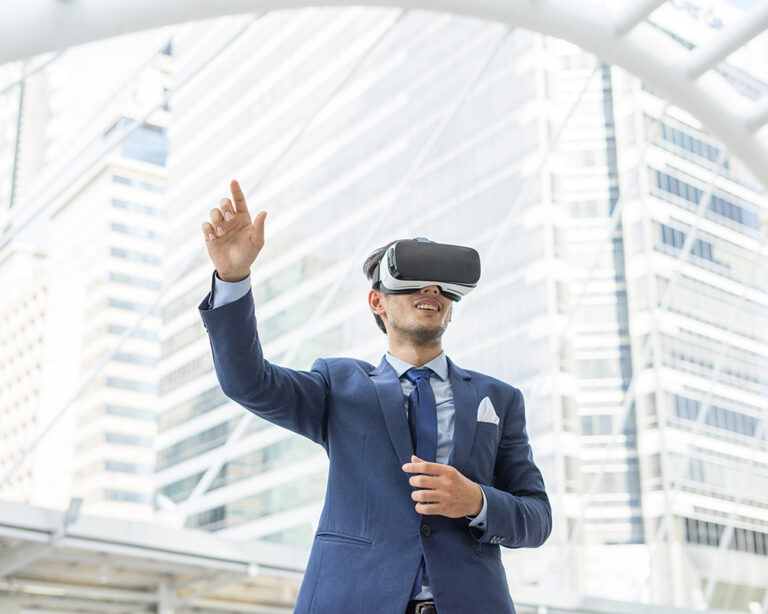October 17, 2017 By: Divyanshu Jain
Augmented Reality or AR is an emerging technology that showcases views as 3D virtual object views using the camera of handheld devices and lances fitted in head-mounted devices.
Augmented Reality allows users to show digital information in an interactive way and it can be easily manipulated in digital form.
In simple word AR creates a layer between real and virtual worlds by adding some virtual components like images, GPS, etc.
The Term ‘Augmented Reality‘ was coined by Boeing researcher Thomas Caudell in 1990. The ‘Yellow First Down Line’ was the first commercial AR application that was used in a televised football game.
Components
There are basically two major components for Augmented Reality:
1. Display
We basically use two types of displays in Augmented Reality-
- Head Mounted Display – HMD devices combines real world image and virtual objects. In optically transparent HMD devices, there is a partial silver mirror through which real world images pass and at the same time virtual object is reflected to the user.
- Hand Held Display – This kind of display is small in size and you can easily carry this. These devices use video transparent techniques to combine real world with virtual world. Here we can use different sensors like GPS sensor, Gyroscopes.
2. Tracking and Orientation
This is the most important and tricky part of AR, there are three most important tasks such as find the location of the user, user’s head and eye movement and set up the graphics.
Types of AR
There are four types of Augmented Reality available-
- Marker Based AR – In marker-based AR, we place an image on a real object which works as marker for the camera. A marker can be any 2D image like bar code, QR code, some logo etc. When we focus the camera on marker it reads the pattern of the image and produce the desired output.
- Marker Less AR – As named there is no need of any marker. Marker less AR uses GPS, Accelerometer, Compass and different sensors which are embedded within your device and produce output according to location. This is an extensively used AR because of easy availability of smartphones and GPS feature.
- Projection Based AR – The projection based AR use light. In this a light is projected on a real object which can sense human interaction.
- Layer based AR – Layer based AR can be used to replace (fully or partially) real object with the virtual object. The vital role of this AR is object recognition because if device can not recognize the object, it cannot replace it with the virtual object.
Augmented Reality provides us a new way to interact with the virtual world. This gives us a better way to expose our thoughts/ideas to others and also increases productivity by giving a better user experience. Recently, Google and Apple introduce SDKs named ARCore and ARKit respectively, for application developers to add AR capabilities in mobile applications.



